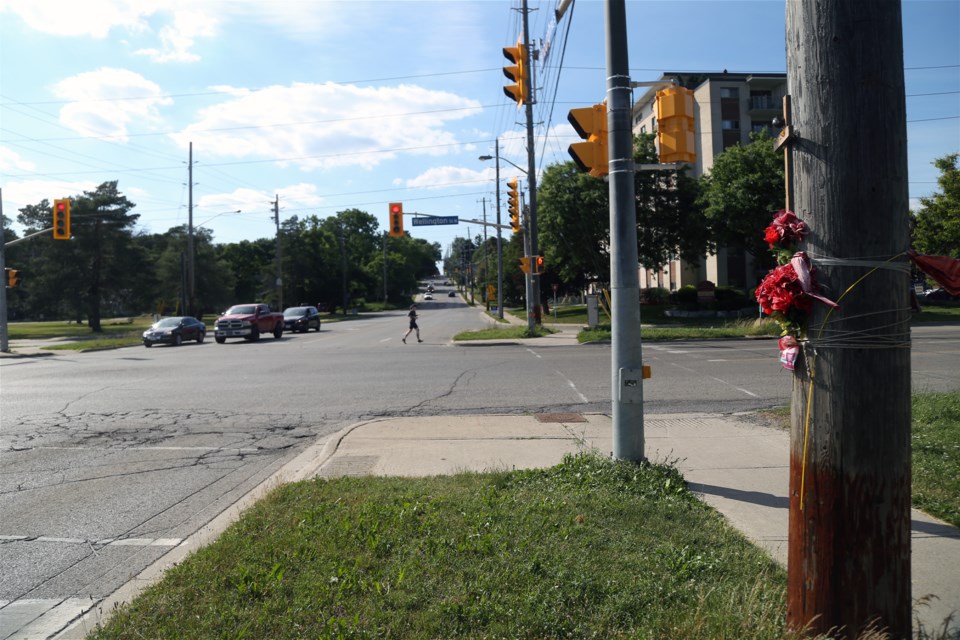A five-year study of more than 11,000 collisions in Guelph conducted by city staff has identified some of the worst intersections in the city and will be used to help inform future road safety improvements.
The 2015-2019 Collision Report includes injury severity for drivers, pedestrians, and cyclists, ask well as general collision trends in the city. It also identifies locations with the highest percentage of injury-related collisions.
Knowing where problem areas are on the city’s 598 lane-kilometres of urban and rural roads will help to plan for the future and hopefully have positive future impacts on injuries and fatalities, said Liraz Fridman, transportation safety specialist with the City of Guelph.
“When I look at the statistics I try to keep in mind that all of these numbers are people, they aren’t just numbers on a report,” said Fridman.
She said the five-year study is the first of its kind to be done by the City of Guelph.
City staffers compiled their own data, as well as working with statistics provided by the Guelph Police Service on a total of 11,408 collisions to complete the study. The report could offer more precise data for the police to set up things like speed traps and possible future red-light cameras.
“This is the first time we have had the joint initiative type of report and in the future we will be able to use this data to target where enforcement should go,” she said.
According to the study, an average of one person is injured in a collision every nine hours in Guelph, with an average of one fatality every 130 days.
The report’s findings will also be used in the city’s Community Road Strategy, which will be presented to Guelph City Council next month.
“In that strategy we have committed to making a data-driven approach and putting road safety countermeasures and interventions in areas where they are needed,” said Fridman.
The highest frequency of total collisions and injury-related collisions observed during the study was at the intersection of Edinburgh Road South and Wellington Street West.
Gordon Street at Surrey Street was identified as the intersection in the city with the highest injury rate, where over 50 per cent of the total collisions resulted in an injury.
On average, 941 individuals are injured in a collision per year, with the majority of these injuries taking place at an intersection.
A total of 381 cyclists and pedestrians were involved in collisions between 2015 and 2019, with an average of 39 pedestrians and 33 cyclists injured per year during the study period.
For cyclists, the intersection of Gordon Street at Surrey Street had both the highest collision frequency and the most injury-related collisions.
Pedestrians were most frequently involved in collisions at Macdonell Street at Wellington Street/Woolwich Street.
Although the total number of cyclist-involved collisions increased slightly in 2019, the report shows injury-related collisions have decreased over the past five years. In 2017, 42 cyclists were injured in collisions, while 19 were injured in 2018 and 2019.
